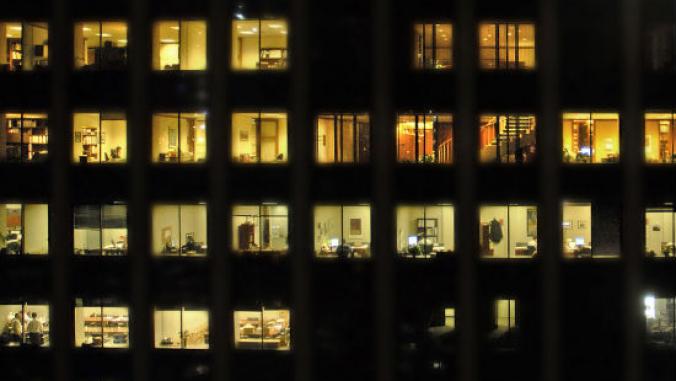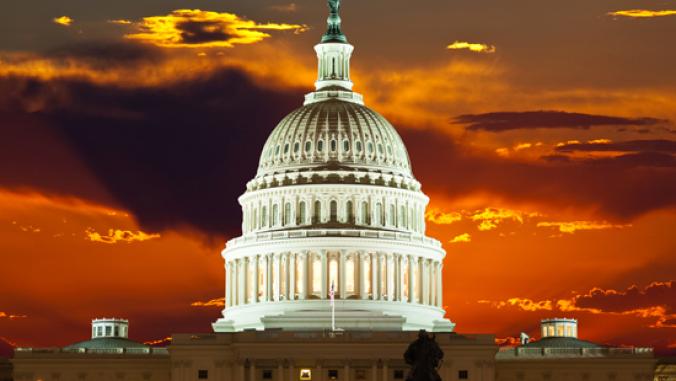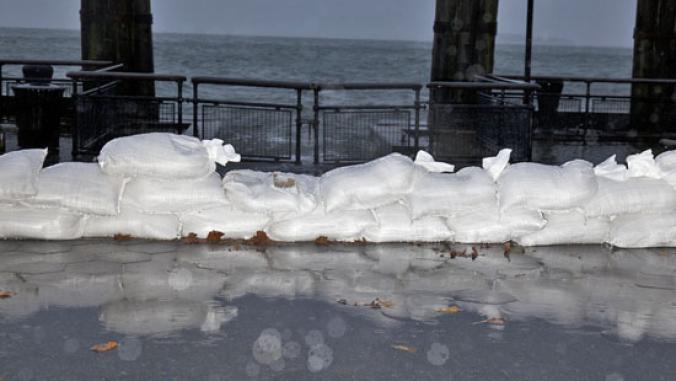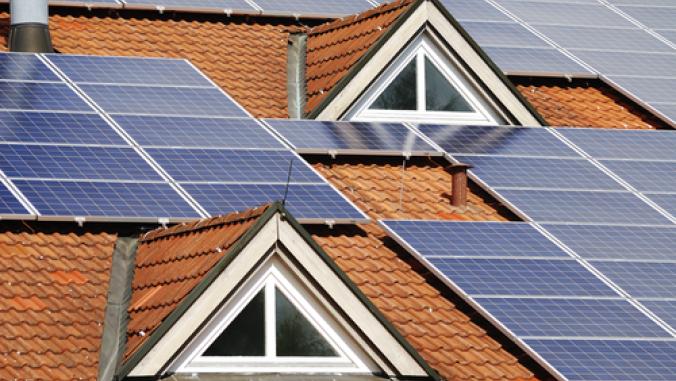Exploring Sustainable Tourism in Tucson for a Greener Holiday
<p>Looking for a green holiday destination? Let me suggest Tucson, Arizona, and its environs as a fine venue for eco-adventures. What, you didn't think of Tucson as a focal point for sustainable tourism?</p>

As the holiday season arrives, my mind turns to the prospect of rest and rejuvenation. Should you be looking for a green holiday, let me suggest Tucson, Arizona, and environs as a fine venue for eco-adventures. Didn't think of Tucson as a locale for sustainable tourism? Read on.
Tucson's Arizona-Sonora Desert Museum is a natural history museum and innovative zoo that will introduce you to the region's wildlife, including javelinas, mountain lions, coyotes and ocelots, among others. When I visited recently, a raptor show put visitors up close and personal with desert hawks, which swooped overhead at thrillingly low altitudes. The zoo displays animals in their natural settings and emphasizes the importance of conservation in its exhibits and special events.
 The Saguaro National Park surrounds the Arizona-Sonora Desert Museum, and is well worth exploring in its own right. The Saguaro cactus, familiar to anyone who has seen an American western, is the emblematic plant of the Sonoran desert and Arizona's state symbol. A Saguaro can take 10 years to grow its first six inches, and the venerable cacti in the National Park are hundreds of years old. Enjoy this magnificent setting toward sunset to take full advantage of the breathtaking vistas.
The Saguaro National Park surrounds the Arizona-Sonora Desert Museum, and is well worth exploring in its own right. The Saguaro cactus, familiar to anyone who has seen an American western, is the emblematic plant of the Sonoran desert and Arizona's state symbol. A Saguaro can take 10 years to grow its first six inches, and the venerable cacti in the National Park are hundreds of years old. Enjoy this magnificent setting toward sunset to take full advantage of the breathtaking vistas.
Vistas and Saguaros combine with hiking and mountain trails in Sabino Canyon in eastern Tucson, at the edge of the Coronado National Forest. Explore the canyon by foot or by tram. Depending on rainfall, the canyon floor could be a creek or a dry gully.
{related_content}The country east of Tucson yields numerous eco-travel destinations. Vineyards, some of them organic, are concentrated in Sonoita area and in Cochise County. The Arizona wine industry is young, but is beginning to produce a number of highly-rated vintages. Arizona offers an excellent growing environment for the Grenache grape, among others.
Kartchner Caverns, about an hour east of Tucson, has been declared one of the top 10 caves in the world for mineralogical diversity. Discovered just 35 years ago, the caverns have been preserved as a living cave, in which water continues to drip and formations continue to grow. The caverns offer a rich array of formations-including “soda straws,” “turnips," “popcorn” and “fried eggs”-- in memorable hues. The interior of Kartchner Caverns includes areas whose temperatures reach over 70 degrees Fahrenheit, leading to their use as a natural maternity ward for over 1,000 female bats. The bats and, ultimately, their offspring, occupy the caverns from late April through mid-September. (Now, that's a bat cave!) The caverns also house a National Science Foundation observatory for microbial study.
 Chiricahua National Monument is undoubtedly one of the most spectacular landmarks you've never heard of. This breathtaking site, a 2.5 hour drive to the east of Tucson, incorporates thousands of acres of majestic rock spires, pinnacles and columns--marvels of millions of years of geological activity that must be seen to be believed. The surrounding Chiricahua Mountains were Cochise's stronghold, and one peak is said to memorialize his profile.
Chiricahua National Monument is undoubtedly one of the most spectacular landmarks you've never heard of. This breathtaking site, a 2.5 hour drive to the east of Tucson, incorporates thousands of acres of majestic rock spires, pinnacles and columns--marvels of millions of years of geological activity that must be seen to be believed. The surrounding Chiricahua Mountains were Cochise's stronghold, and one peak is said to memorialize his profile.
As described by the U.S. National Park Service, “the Chiricahua Mountains are one of the many 'sky island' ranges in southern Arizona. They rise like islands from the surrounding grassland 'sea'. Plants and animals from four ecosystems: Rocky Mountains, Sierra Madre Mountains, Sonoran & Chihuahuan Deserts, meet here. Watch for black bear, mountain lions, Arizona white-tail deer, coati-mundis, snakes & lizards, and a variety of birds.”
 A Tucson eco-tour would not be complete without a visit to the famed Biosphere 2, operated by the University of Arizona and located about 20 miles north of Tucson. Biosphere 2, a series of ecosystems enclosed under 7.2 million cubic feet of sealed glass, was developed and built in the late 1980s to investigate approaches for sustainable space colonization.
A Tucson eco-tour would not be complete without a visit to the famed Biosphere 2, operated by the University of Arizona and located about 20 miles north of Tucson. Biosphere 2, a series of ecosystems enclosed under 7.2 million cubic feet of sealed glass, was developed and built in the late 1980s to investigate approaches for sustainable space colonization.
The facility now serves as a center for the controlled study of environment and climate change, and incorporates five distinct ecosystems: desert, savannah, rainforest, wetlands, and ocean with coral reef. The guided tour of Biosphere 2 includes the complex's central mechanicals -- the heating, cooling, energy generation and plumbing systems include numerous features now incorporated in sustainable facilities.
The surrounding 40-acre campus was built utilizing green principles. A frequently-asked question at Biosphere 2: What's Biosphere 1? The answer: the Earth.
Here's to a holiday season and 2010 that are happy, healthy, successful and green.
Leanne Tobias is founder and managing principal of Malachite LLC, an advisory firm that specializes in the development, leasing, management, financing and certification of sustainable or green real estate on a global basis.
Photos courtesy of Leanne Tobias.





